Want to add a hotel stay or change your flights?
Just call our team of cruise specialists to help build your dream cruise holiday today!
Prices based on 2 people sharing. Cruise only price does not include flights. Fly-cruise price may vary by chosen UK airport.
(Prices correct as of today’s date, are updated daily, are subject to change and represent genuine availability at time of update).
Cruise only holidays are financially protected by ABTA. Fly cruise holidays are financially protected by Azamara under ATOL number 10372
Please click here to check the essential travel requirements before booking this cruise.
Itinerary
Nice
United with France only since 1860, Nice has its own history and atmosphere, which dates back 230,000 years. It was on Colline du Château (now château-less) and at the Plage des Ponchettes, in front of the Old Town, that the Greeks established a market-port in 350 BC and named it Nika... Read More
Nice
Portoferraio
Porto, Corsica
Cagliari
La Goulette
Valletta
Mgarr, Gozo
Siracuse, Sicily
Taormina
At Sea
Heraklion (Iraklion), Crete
Santorini
Athens
Çesme
Heraklion (Iraklion), Crete
At Sea
Catania
Sorrento
Civitavecchia
Livorno
Nice
Marseille
Palamós
Barcelona
What's Included with
Azamara
Accommodation
Entertainment
Gratuities included
24-hour room service
Complimentary in-room spirits (applicable on plus staterooms & suites)
Butler service in all suites
Self-service laundry
Shuttle service to and from ports and airport where available
Additional amenities for Suite guests
Invite to Azamara's White Night party and buffet
A complimentary AzAmazing Evening excursion (selected sailings)
Beer, Wine & Spirits All Day & Night
Explore Azamara Journey
Aqualina
At Aqualina, you’ll find some of Italy’s most authentic dishes. Pastas made from scratch, traditional recipes, and scrumptious vegetarian dishes that make sure there’s something for everyone. Plus our famous desserts: Sorrento lemon liqueur mousse, hazelnut chocolate soufflé and more.





Destination Immersion Experiences
Life isn’t a 9 to 5 experience. Azamara voyages aren’t either.
When you’re in the midst of some of the most dazzling cities, renowned UNESCO World Heritage sites, and “I can’t believe we’re here!” hidden gems on Earth, the last thing you want to do is rush back to the ship for a 4:00 p.m. departure (or 5:00 p.m., if you’re lucky).
Well, here at Azamara®, we not only take you to awe-inspiring destinations, we also give you more time to fall in love with them. We call them Destination Immersion® experiences, and we’ve evolved the concept so you can Explore Further than before, both onboard and on shore.
Our unparalleled destinations allow you to cruise global and immerse yourself in fascinating cultures all over the globe, all while enjoying authentic service on your boutique hotel at sea.



















Mosaic @ Night
Our onboard coffee corner may very well become your favorite nook on the ship. And with elegant and comfortable furniture, it's bound to be one of the the most stylish places, too. You'll find all your favorite coffee drinks and you can order them just the way you like. We recommend that you slip right into a comfortable seat and sip for a while—you never know who'll walk by.
The Sanctum Spa
Staffed by professional aestheticians and therapists, the Azamara Spa is an oasis of tranquility. Choose from an extensive menu of services including:
- The Sanctum Terrace: Enter your private spa deck with a bubbling salt water bath and powerful jets that massage you as you soak up the views.
- Facial Glow services: State of the art skin care and restorative facials for men and women.
- Massage therapy: Hot stone therapy, deep tissue massage, Swedish massage and other exotic massage treatments from around the world.
- Body sculpting: Renewing seaweed wraps, cellulite reduction body sculpting, lime and ginger salt glows, and more.
- Spa rituals: A selection of carefully crafted half and full-day packages including body sculpting, facials and massage for the ultimate in relaxation.
- Teeth whitening services: for returning your bright beautiful smile!
Reservations can be made once onboard. Please note that an 18% gratuity will be added to your folio for all spa treatments.
Deck 11

- Sun Deck
- Shuffle Board
Deck 10

- The Living Room
- Card Room
- In Touch
- Elevators
- Table Tennis
- Jogging Track
- The Drawing Room
- Prime C Speciality Dining
- Aqualina Speciality Dining
Deck 9

- The Sanctum Spa Terrace
- Salon
- The Sanctum Spa
- Fitness Center
- Pool
- Pool Bar
- Elevators
- Swirl & Top
- The Patio
- Windows Cafe
- Sunset Bar
- Club Spa Suites
Deck 8

- Club Continent Suites
- Club World Owner's Suites
- Club Balcony Plus Staterooms
- Club Balcony Staterooms
- Club Interior Stateroom
- Elevators
Deck 7

Club Ocean Suites
- Club World Owner's Suites
- Club Balcony Plus Staterooms
- Club Balcony Staterooms
- Club Oceanview Staterooms
- Club Interior Staterooms
- Self Service Laundry
- Elevators
Deck 6

Club Continent Suite
- Club World Owner's Suites
- Club Ocean Suites
- Club Balcony Plus Staterooms
- Club Balcony Staterooms
- Club Oceanview Stateroom
- Club Continent Accessible
- Elevators
Deck 5

- Cabaret Lounge
- Elevators
- Shore Excursions
- Cruise Again
- The Den
- Photo Shop
- The Journey Shops
- Indulgences
- Mosaic Cafe
- Discoveries Bar
- Discoveries Restaurant
Deck 4

- Elevators
- Medical Facility
- Guest Relations
- Concierge
- Club Oceanview Stateroom
- Club Oceanview Accessible
- Club Interior Stateroom
- Club Interior Accessible
Azamara Journey Cabins & Suites


Club Interior


Club Oceanview




Club Veranda Plus Guarantee
Club Ocean Suite
Meet Our Luxury Cruise Concierge
Our luxury cruise concierge have been on board a vast array of the finest ships at sea and are always happy to share their first-hand experiences to help curate your dream ultra-luxury voyage. From advising you on the best cruise lines and ships to helping you select from a variety of phenomenal destinations and itineraries, your dedicated concierge is on hand to ensure booking your next cruise is as seamless, smooth and tailored to you as possible.










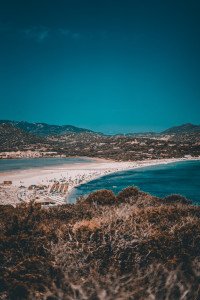


,-Crete-custom_banner-thumb.jpg)




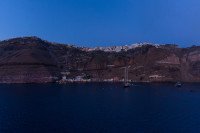














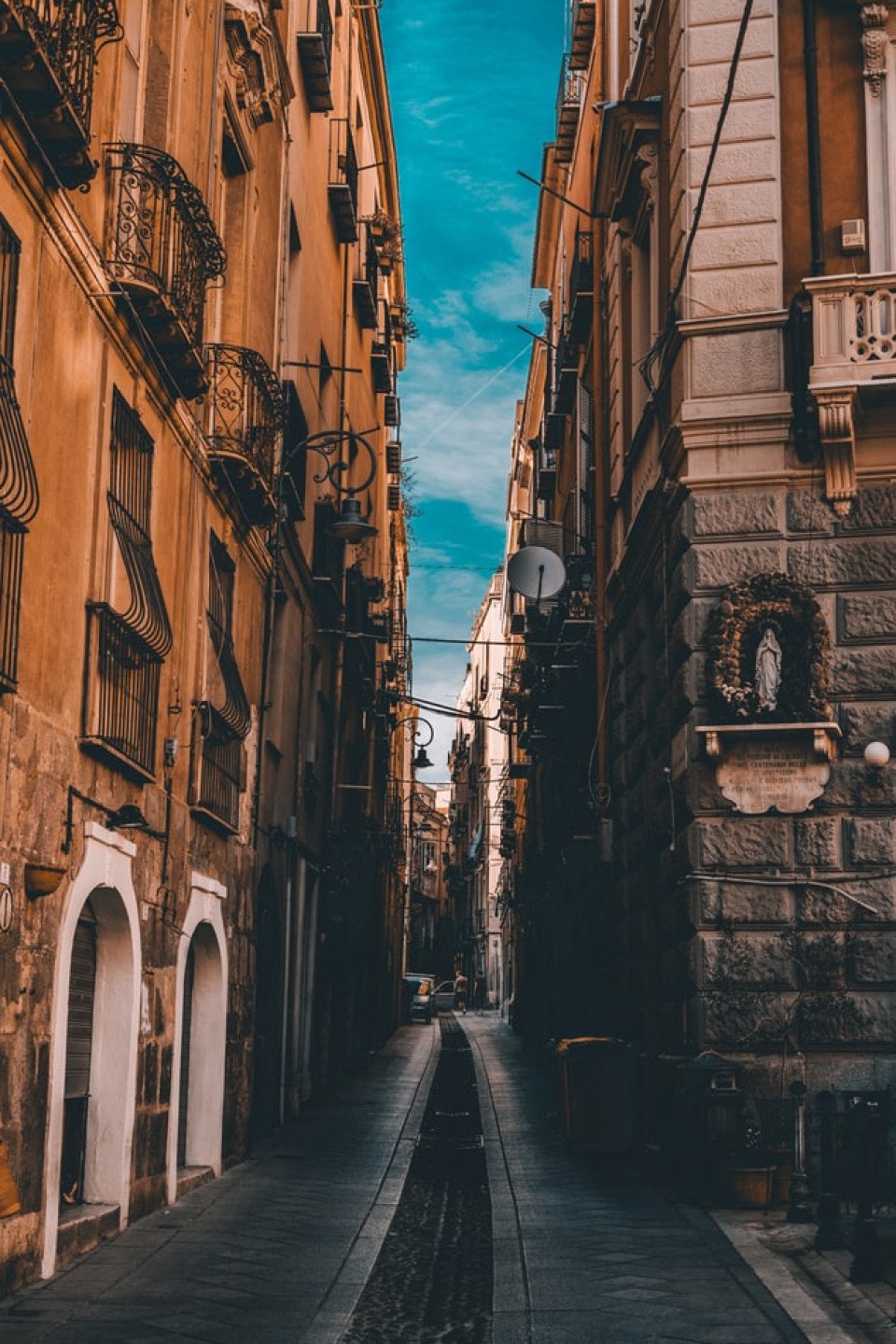





,-Crete-custom_banner-banner_half.jpg)

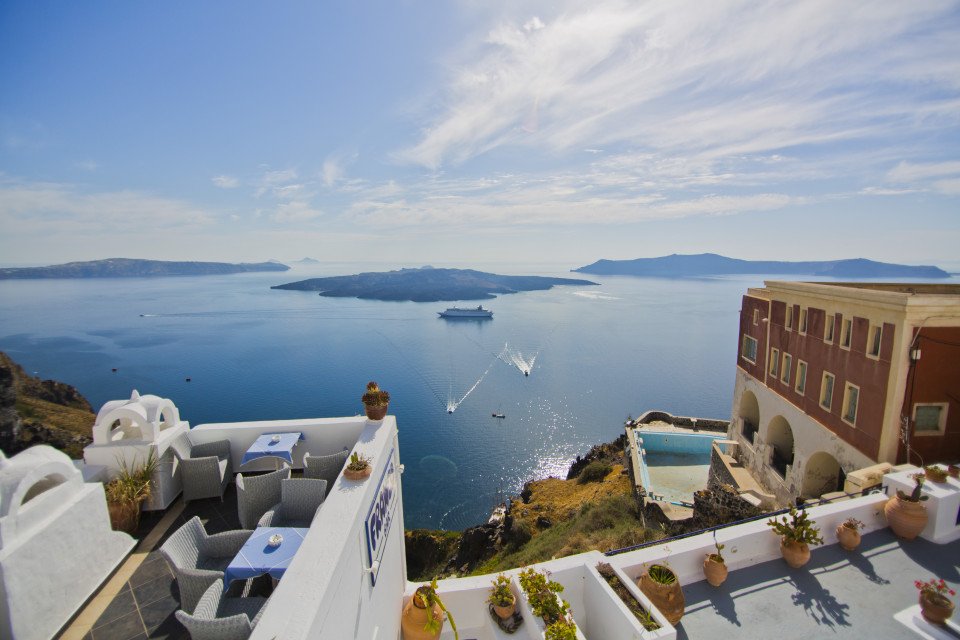




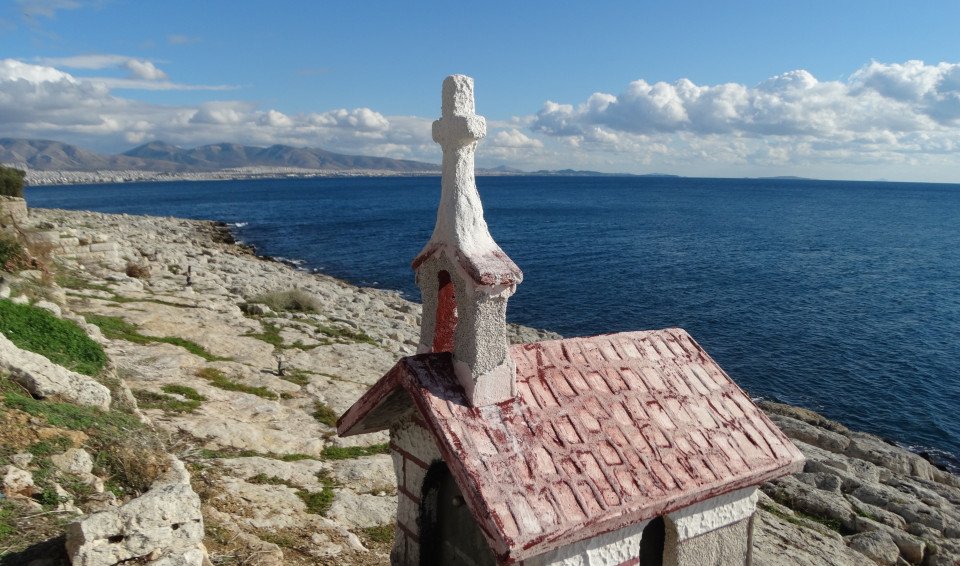

















































-large_thumb.jpg)





-large_thumb.jpg)